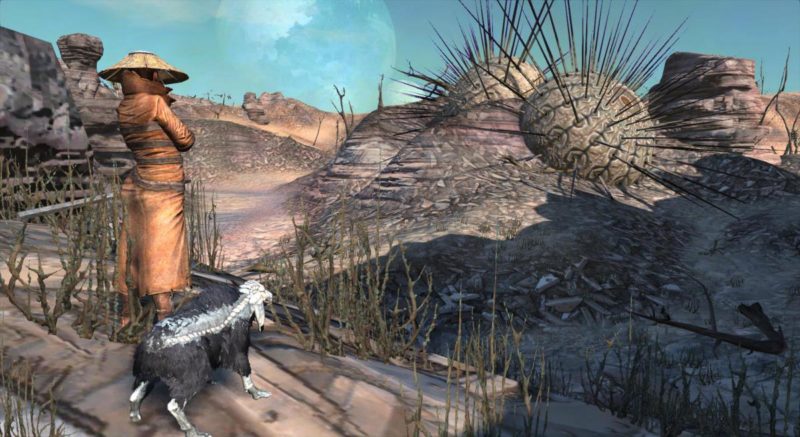

Try not to get to locked into how things are "supposed to work". Although you may want to purposely use this strange culling behavior in your application. For the most part, leaving these additional parameters at their defaults is good enough. You can get a modest performance boost by not rendering the SkyBox first, but as you can see, you'll need to make sure not to cause strange problems like this when doing it.

This means the SkyBox is drawn over terrain that is farther than 300 units away from the Camera. The SkyBox is being rendered only 300 units away from the Camera and it is no longer being rendered before everything else. Move around and notice what is happening.
#Kenshi unwalkable terrian Patch
Only a small patch of terrain should exist below the camera. This time you should definitely see something different. MSceneMgr->setSkyBox( true, "Examples/SpaceSkyBox", 300, false) Ĭompile and run your application again. Add the following to the end of setupContent:

It is very easy to include a SkyBox in your scene. We will need six textures to cover all of the interior faces of the SkyBox. It is one of the methods for simulating a sky. This should be a much faster process.Ī SkyBox is basically a huge textured cube that surrounds all of the objects in your scene. But if you exit and run the application a second time, then it should load the terrain file that was saved the first time. This is what loading screens are for in games. While the terrain is loading, you will not be able to press escape to exit and your movement controls will be choppy. You should now see a Label at the top of the screen while the terrain is being built. After saving any new terrains, we reset the mTerrainsImported flag.Ĭompile and run your application again. In our case, the file will be named 'terrain_00000000.dat' and it will reside in your 'bin' directory alongside your application's executable. We also check to see if new terrains have been imported and save them for future use. If the terrain is no longer being updated, then we ask the OgreBites::TrayManager to remove the our Label widget and hide the Label. Otherwise we assume the textures are being updated. If they have, then we display text saying that the terrain is still being built. Then we check to see if any new terrains have been imported. If it is, then we add our Label to the tray and ask for it to be shown. The first thing we do is determine if our terrain is still being built. Add the following to the beginning of setup: Paging will be covered in later tutorials. We will use a single TerrainGroup without paging. An individual Terrain object consists of tiles with a material mapped on to them. LOD rendering reduces the resolution for terrain that is farther away from the camera. This separation is used for LOD (Level of Detail) rendering.
#Kenshi unwalkable terrian series


 0 kommentar(er)
0 kommentar(er)
